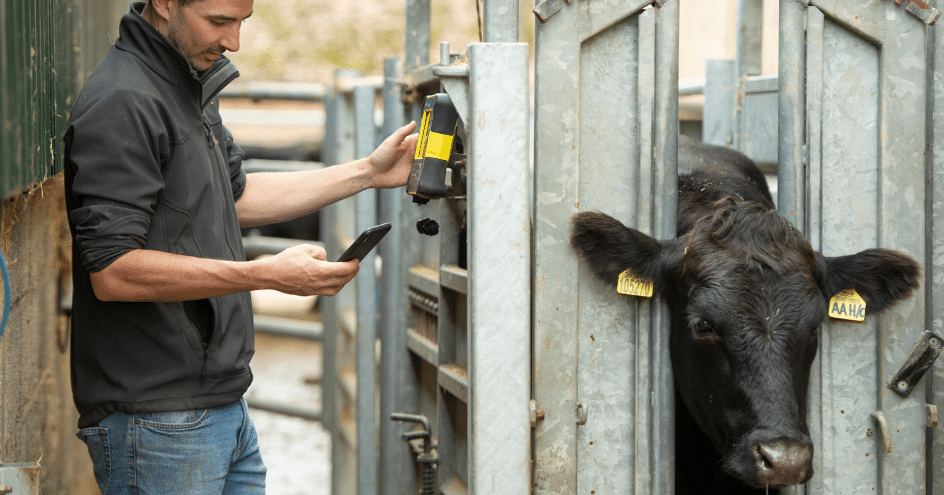How are supply chains changing the global beef industry

Supply chains are changing the way the meat sector operates and this is no different when it comes to producing beef. There is a huge opportunity to become more efficient than traditional production all whilst demonstrating excellent meat quality and consistency of carcass, and increasing profits for producers. Traceability may have been where this conversation started but productivity is now where it is landing, which is good for everyone.
Historically, the potential to produce truly sustainable meat has been limited by the issue of managing many different production variables across a varied and complex network of farms. New Integrated Supply chains have the potential to make significant changes to this.
But what really is an integrated supply chain? It’s a network of individual businesses involved in the creation of a product by working together, with data transferring up and down the chain to improve productivity of each participant. Essentially letting each users have a perspective of the others in the system, system thinking, so that everyone else wins. If you like an academic read have a look at this article here and for a beef industry focus take a look at Janette Barnards article here.
In the beef industry, we fundamentally do not work together but with change we can improve everyone's profit.
- Cow Calf Ranch - focused on number of calves and mortality, ease of calving, gestation periods, weaning weights, and giving birth every year.
- Feedyard - feed conversion, shape and size to drive yield, compensatory growth potential, year round supply
- Packer - Yield, carcass quality, grading (marbling), what program can the meat relate to - which is often the first time this is through of
- Retailer/QSR/Restaurant- consumer eating experience (tenderness, marbling, colour), shape and size of the steak, marketing of the meat - what is the traceability and story.
If you look at the above the properties that generate the value at the consumer level are rarely front of mind for the parties before. Take these two examples:
Marbling - key driver of carcass value for a packer, is a hereditary trait and therefore something that should be front of mind for the cow calf sector where the decision is made, however this data is neither shared nor remunerated for doing a better job.
Feed conversion - Main driver of feed yard profitability, and future sustainability, yet again the high health and genetics of calves is a key driver but this data is not shared back along the supply chain. Partly because the current use of LOTs doesn’t allow it, but also because there is a worry that a supply chain with have to pay more for animals that generate them a bigger profit.
However, pressures in the industry are now generating a change for the better. This will assist the whole beef industry to not only be more profitable but significantly reduce GHG in doing so.
Through integration or systems thinking, and working together we are already seeing reduction in GHG by as much as 30% through reduced days on feed and average daily gain. Reduced waste at each point in the chain also has benefits for the individual organisations, increasing productivity and importantly, profit. If these chains are managed correctly, everyone will benefit.
In order to really super charge the supply chain, a data feedback loop is required. Adding data into the chain ensures traceability and provides the ability to make real time management changes. Long term management changes such as changes in genetics can also be made through the use of consistent records.
Combining data and efficient supply chains has the potential to reap rewards for producers as well as giving consumers peace of mind that their produce has had a positive impact on sustainability.
For this to truly work we need to maintain focus on everyone winning and when we do, it is good for all.
Ian Wheal, Founder of Breedr.
Breedr is supporting producers and Meat buyers to build higher quality, more sustainable beef supply chains across the US, UK and Australia
See also: Top producers are reaping the benefits of new data driven beef programs




